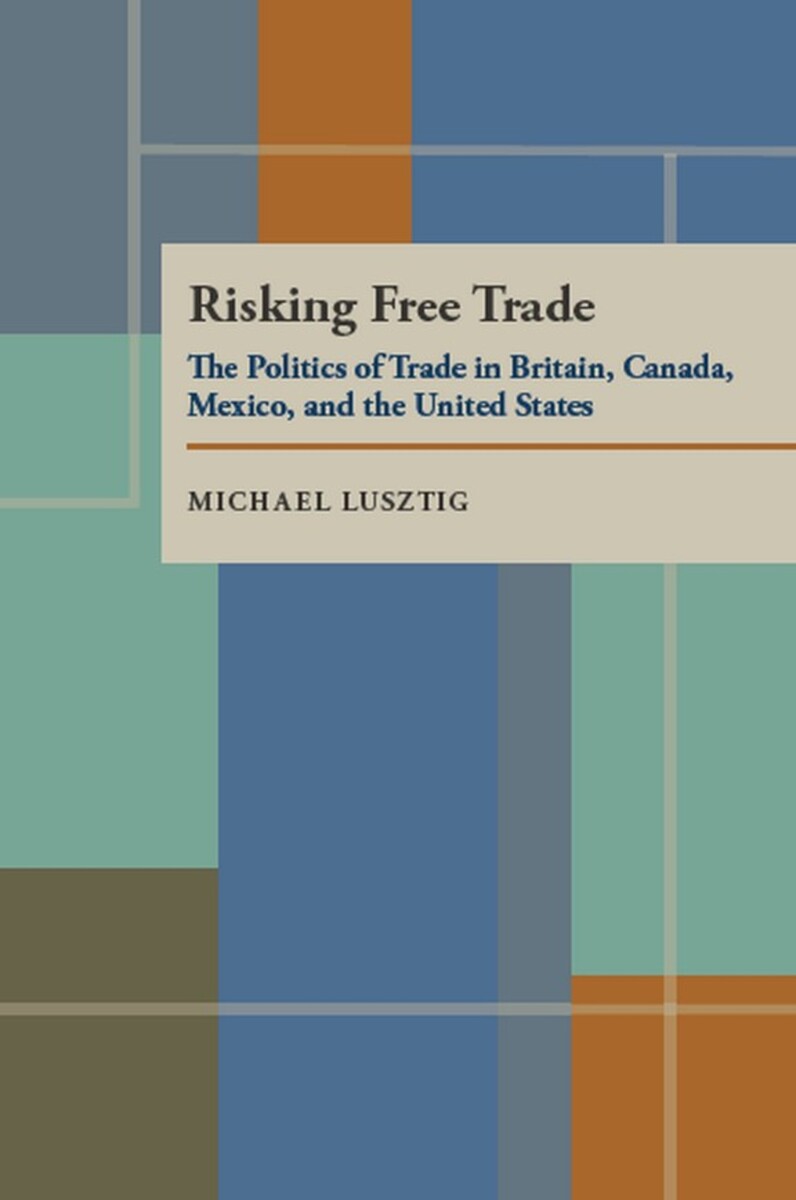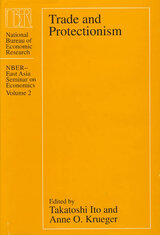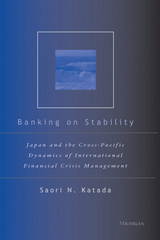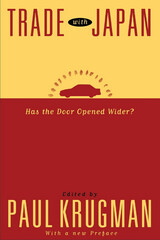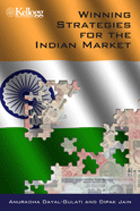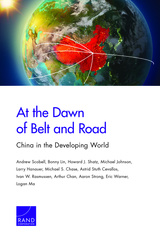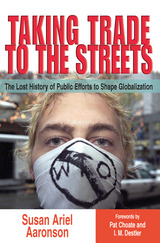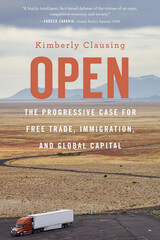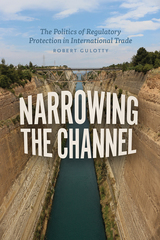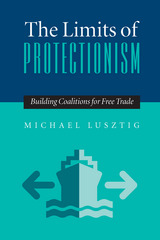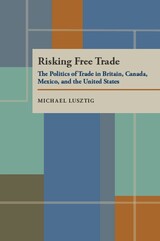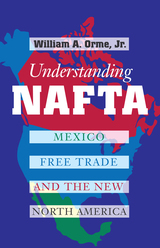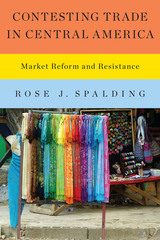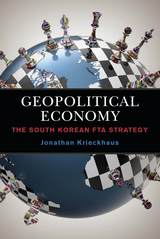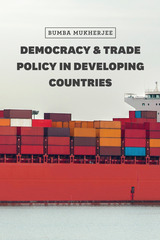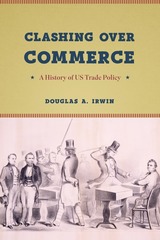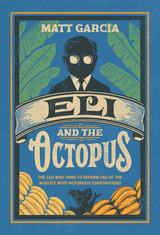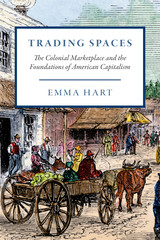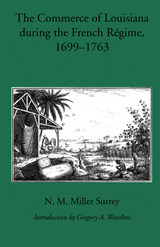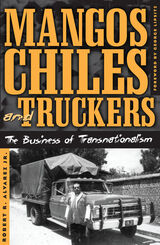eISBN: 978-0-8229-7478-9 | Paper: 978-0-8229-5589-4 | Cloth: 978-0-8229-3932-0
Library of Congress Classification HF1713.L87 1996
Dewey Decimal Classification 382.71
There are few issues as politically explosive as the liberalization of trade, as recent controversies in the United States, Canada, and Mexico have shown. While loosening trade restrictions may make sense for a nation’s economy as a whole, it typically alienates powerful vested interests. Those interests can exact severe political costs for the government that enacts change. So why accept the risk?
Michael Lusztig contructs a model to determine why and under what conditions governments will take the free trade gamble. Lusztig uses his model to explain shifts to free trade in four cases: Britain’s repeal of the Corn Laws; the United States’ enactment of the Reciprocal Trade Agreements Act (1934); Canada’s decision to initiate continental free trade with the United States in 1985; and Mexico’s decision to pursue the North American Free Trade Agreement (NAFTA) in 1990.
See other books on: Britain | Canada | Free trade | Lusztig, Michael | Trade & Tariffs
See other titles from University of Pittsburgh Press
